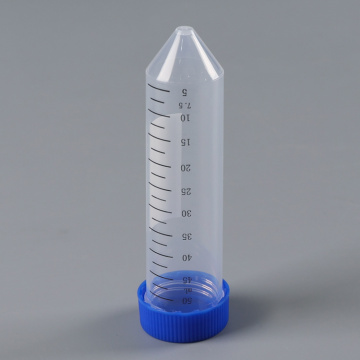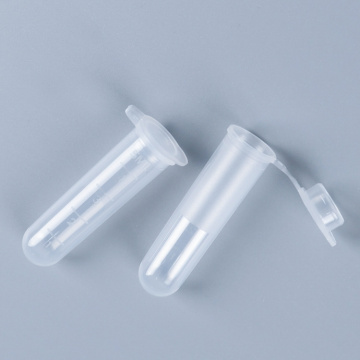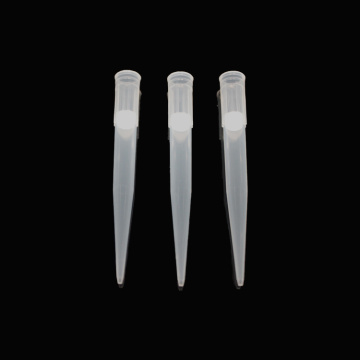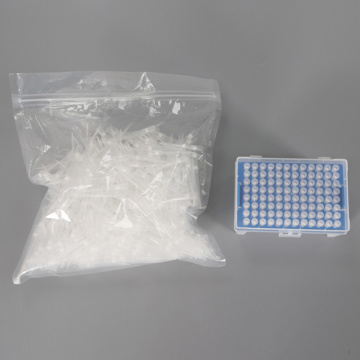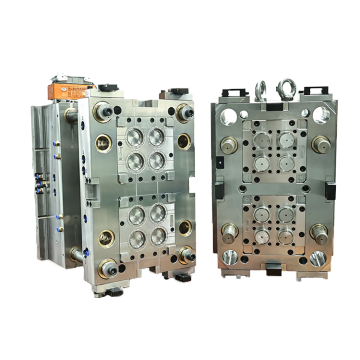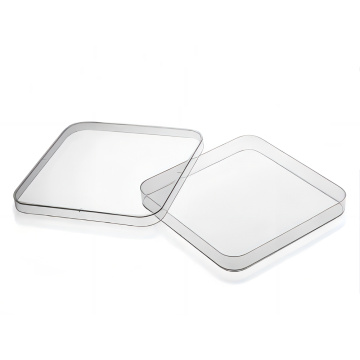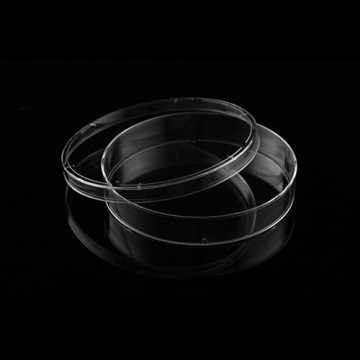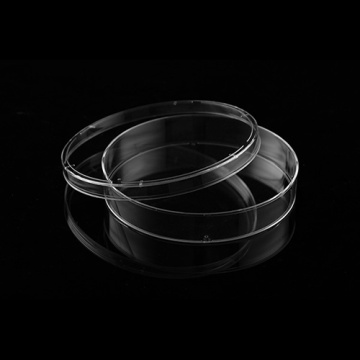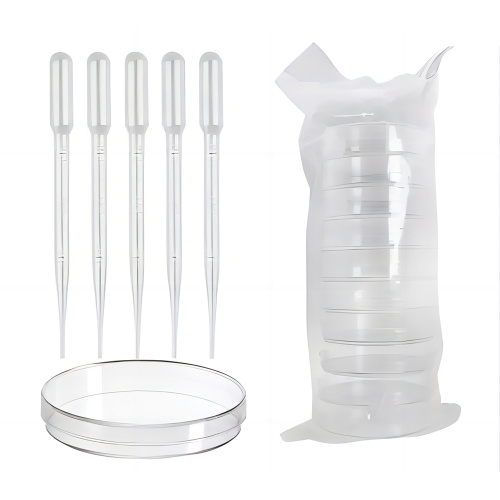
YongYue Sterile Petri Dish Cell Culture Dish
- Min. Order:
- 99 Piece/Pieces
- Min. Order:
- 99 Piece/Pieces
- Transportation:
- Ocean, Land, Air, Express
- Port:
- shanghai port, nanjing port, ningbo port
Your message must be between 20 to 2000 characters
Contact Now| Place of Origin: | China |
|---|---|
| Productivity: | 100000pcs/day |
| Supply Ability: | 100000pcs/day |
| Payment Type: | T/T,L/C |
| Incoterm: | FOB,CIF,EXW,FCA,CPT,CIP |
| Certificate: | ISO,CE |
| HS Code: | 3926909090 |
| Transportation: | Ocean,Land,Air,Express |
| Port: | shanghai port,nanjing port,ningbo port |
Yongyue Medical specializes in manufacturing culture series products, including Transfer Pipet,petry dish, cell culture plates, cell culture flasks, erlenmeyer flask chemistry, serological pipettes, etc., which are widely used in laboratories and schools. Our product family also includes Inoculating Loops And Needles, sample tubes etc., which are used in cultivation experiments. According to the size, our Petri Dishes can be divided into 35mm, 60mm, 90mm, 100mm, 120mm, 130mm, 150mm. According to the different divisions, they can be divided into petri dishes with 2 divisions, petri dishes with 3 divisions, petri dishes with 4 divisions and so on.
Petri dishes are suitable for epidemic prevention stations, hospitals, biological products, food industry, pharmaceutical industry and other units for bacteria isolation and culture, antimicrobial efficacy testing and qualitative testing analysis.
In agricultural, aquatic and other scientific research, it is used for artificial cultivation and breeding research of seeds, plants, insects and fish species. In the electronics industry or other industries, they are used as containers.
Plastic petri dishes are made of polyethylene and are suitable for inoculation, dispersal and isolation of bacteria in the laboratory and cultivation of plant material. In addition, it can be used multiple times or once, depending on the purpose.
Why should the Petri dish be turned upside down when cultivating microorganisms?
1. To slow evaporation:
Turning the culture dish upside down can slow down the evaporation of the medium water in the culture dish; the evaporated water easily forms water droplets on the top lid, which affects the colony shape and counting results and makes it impossible to evaluate.
2. Easy access:
The lid of the petri dish is large and the bottom is small.
When it is upright, it is easy to take it out with only the cover, exposing the culture medium in the culture dish, which may easily cause the culture medium to be polluted or the culture dish to fall off.
3. Convenient observation:
the petri dish can be turned upside down to control the spread of colonies in the petri dish, which is conducive to the formation of single colonies and is convenient for experimental observation.
4. Avoid pollution: Inversion can prevent the water vapor in the petri dish from condensing on the lid of the petri dish and dripping onto the culture medium during the experiment, introducing bacteria into the culture medium, causing pollution and affecting the growth of microorganisms Medium.
5. Convenient collection:
Sometimes the purpose of culture is to collect the metabolites of bacteria. However, some metabolites are readily soluble in water. When the Petri dish is covered, distilled water will flow out, causing the colonies to flocculate.Invert the Petri dish for easy collection of metabolites and counting or isolation, etc.
6. Avoid cracking:
In the forced ventilation incubator, the culture dish can be turned upside down to reduce the air flow on the surface of the medium, reduce the evaporation rate of the medium water, and make the medium difficult to crack.
More details
More pictures
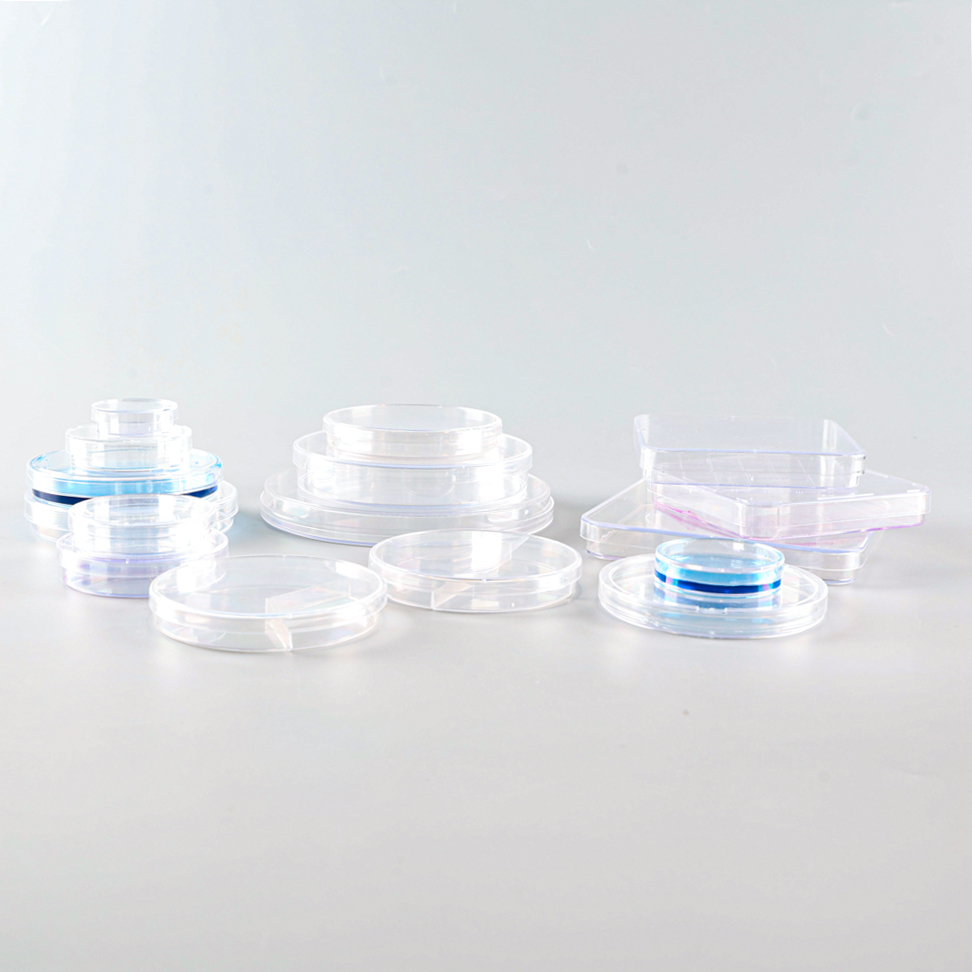
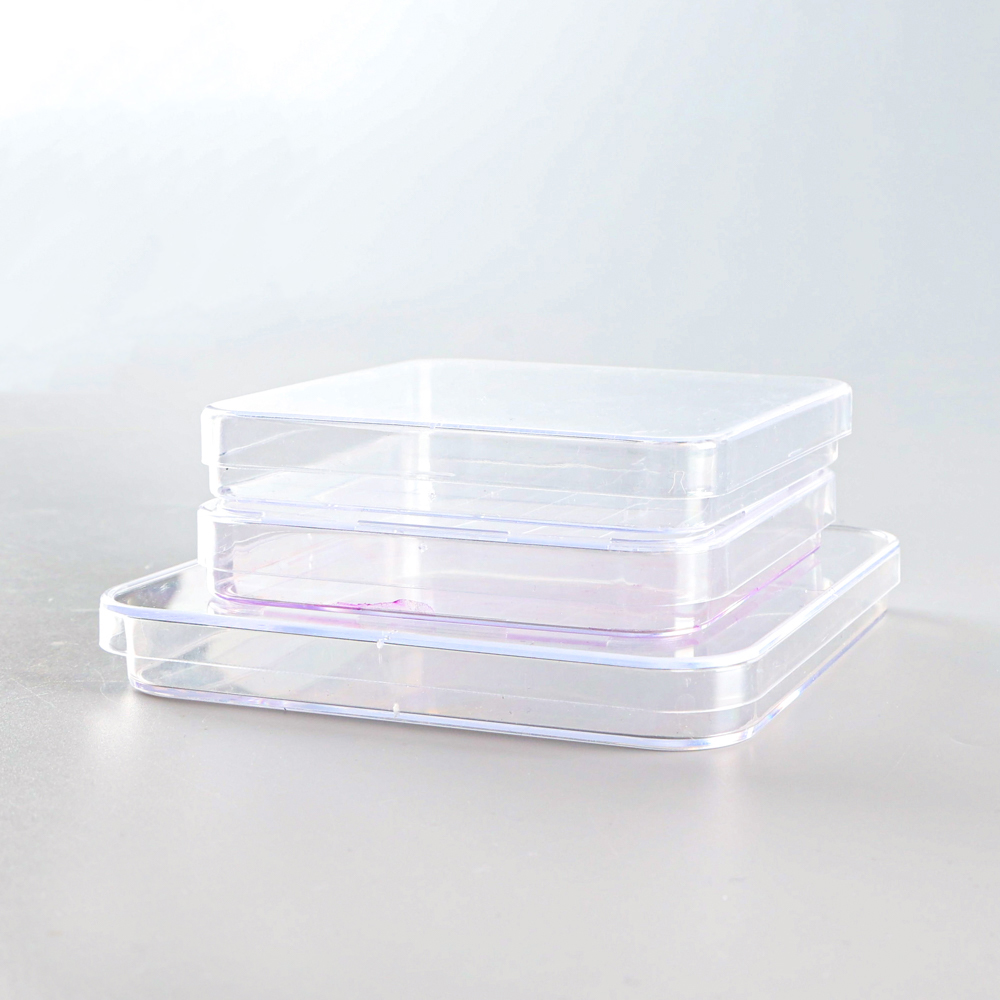
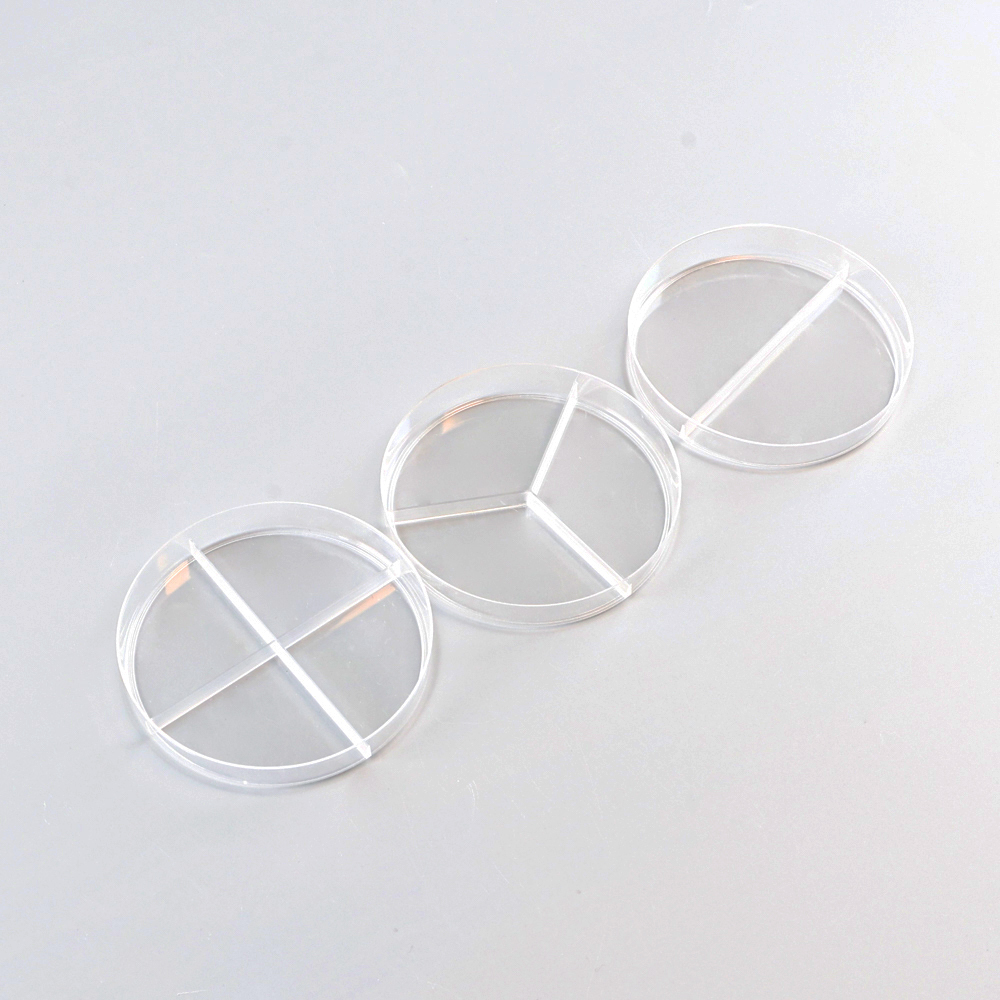
Related Keywords





